
Think of Petit Verdot as the wine world’s equivalent of a premium motorcycle engine – small, intensely powerful, and capable of delivering an experience that’s both thrilling and memorable. While other grape varieties play it safe in the comfortable middle lane, this French rebel has carved out its own lane, transforming from a supporting actor in Bordeaux blends to a standalone star that demands attention.
Traditionally known as a blending grape in classic Bordeaux blends, Petit Verdot brings depth, structure, and intense colour to the mix. Its contribution to blends is unmatched, providing not only colour but also a firm tannic backbone and aromatic complexity. Its name, meaning “little green,” hints at the fact that it ripens later than most Bordeaux varieties—a challenge in the cooler Bordeaux climate, where the grapes sometimes struggle to fully ripen.
Petit Verdot wine represents one of the most fascinating paradoxes in viticulture – a red grape whose name literally means “little green,” yet produces wines of such intense darkness they appear almost black in the glass. Originally from the Bordeaux region in southwestern France, these thick-skinned Petit Verdot grapes were historically relegated to minor roles as a blending grape variety (typically 1–5% of the blend) because of their notoriously late-ripening nature. Its thick skins contribute significantly to its high tannin levels and deep colour, making it a powerful addition to any blend.
However, climate change and the audacity of the New World have completely rewritten this grape’s destiny. What was once considered a difficult and unreliable variety in cooler climates has become a powerhouse performer in warmer regions, such as California, Australia, Virginia, and Argentina. Petit Verdot has been reintroduced to California vineyards since the mid-1970s, showcasing its potential as a single varietal wine.
The result? Single varietal wines that showcase concentrated dark fruit flavours, violet florals, and a tannic structure so robust they can age gracefully for decades—reminiscent of the bold styles appreciated since ancient times. Some expressions also reveal notes of blueberry, adding to the wine's rich, layered fruit profile. In warmer climates, the grape also reveals hints of spice and pepper, adding further complexity to its profile.
Petit Verdot’s journey from a Bordeaux blending grape to a global star has seen it flourish in vineyards worldwide. While it remains a key component in Bordeaux blends, it now shines as a single-varietal wine in regions such as Napa Valley, Australia, Chile, and Italy.
In Napa Valley, the warm California climate allows Petit Verdot grapes to fully ripen, producing some of the finest examples of this bold variety. Australia’s diverse climates, particularly in South Australia, have proven well-suited for Petit Verdot, allowing for the crafting of varietal wines that showcase its intense character. Chile and Italy also offer exciting expressions, with winemakers exploring both blends and single varietal bottlings.
As its popularity grows, wine enthusiasts can discover a broad spectrum of styles—from classic Bordeaux blends to innovative New World interpretations. Notable producers such as Chateau Lafon-Rochet, Moss Wood and Roy Estate are excellent starting points for those seeking great Petit Verdot wines.
Enjoying Petit Verdot wines in moderation can offer more than just a sensory delight—it may also provide some health benefits. Like other red wines, Petit Verdot is rich in antioxidants and polyphenols, thanks in part to the thick skins of its grapes and the high tannin content found in the varietal. These compounds have been associated with a reduced risk of heart disease, certain types of cancer, and other chronic conditions.
The resveratrol present in red wine, including Petit Verdot, is known for its anti-inflammatory properties and potential to support healthy aging. While these benefits are promising, it’s important to remember that moderation is key; excessive wine consumption can have negative health effects.
By savouring Petit Verdot wines responsibly and as part of a balanced lifestyle, wine lovers can enjoy both the bold flavours and the potential wellness perks that this remarkable grape has to offer.
The winemaking journey for Petit Verdot is like crafting a high-performance sports car – every detail matters, and there's no room for shortcuts. Winemakers approach this variety with the respect it demands, understanding that its thick skins and high tannin content require precise extraction techniques.
Petit Verdot’s flavour profile is like experiencing the difference between a sketch and an oil painting – everything is more intense, more layered, more memorable. The wine typically displays an inky, almost black colour that immediately signals its concentrated nature. In some cases, Petit Verdot can display a rustic character, with earthy undertones and a raw, authentic texture that appeals to traditionalists.
On the nose, expect black fruit dominance – blackberry, plum, and black cherry – but what sets Petit Verdot apart are its distinctive floral notes, including candied violets that elevate the bouquet. Violet, lilac, and lavender aromas create an intoxicating bouquet that’s both powerful and elegant.
Secondary aromas include dried herbs, sage, leather, and tobacco, while oak aging contributes vanilla, hazelnut, and mocha complexities, sometimes even hints of pencil shavings. Young Petit Verdot wines have been likened to aromas of banana and pencil shavings, which evolve into strong tones of violet and leather with age.
The palate experience is where Petit Verdot truly shows its personality. Full-bodied with high tannins and medium-plus acidity, these wines deliver intensity without aggression when properly made, often showing bursts of lively acidity.
In addition, Petit Verdot tends to have a long and lingering finish, often featuring spicy notes of black pepper, licorice, and mineral undertones. Some versions even show a sweet edge when crafted in a riper, more generous style. The wines are defined by firm tannins and intense flavours of black fruits, along with potential notes of black pepper, licorice, and earthy tones.
Petit Verdot’s food pairing philosophy follows the “match intensity with intensity” principle – this wine doesn’t play well with delicate flavours but absolutely excels with bold, rich dishes.
Petit Verdot's terroir preferences are as specific as a Formula 1 driver's requirements for peak performance. This variety thrives in warm, sunny climates with well-drained soils – conditions that allow its extended ripening cycle to reach full maturity.
Petit Verdot wines are known for their full-bodied, bold, and tannic style, making them a favourite for those who enjoy intense wines. As a blending grape in Bordeaux blends, it adds deep colour, robust tannins, and layers of black fruits, black pepper, and spice.
When made as a single varietal, Petit Verdot offers a range of styles: from approachable and fruit-forward to complex and age-worthy. Its natural tannins and lively acidity give these wines excellent aging potential, with some improving for two decades or more.
Oak aging is common, imparting flavours of vanilla, hazelnut, and mocha that enhance the wine’s complexity. Petit Verdot pairs beautifully with rich dishes, such as lamb chops, and spicy, flavorful foods, delivering a bold and memorable experience in every glass.
Serving Petit Verdot requires the same attention to detail as serving a rare vintage whiskey – temperature and preparation are crucial for optimal enjoyment.
This comparison is akin to contrasting a precision sports car with a luxury sedan – both are premium products, but they offer distinct experiences.
This synergistic relationship explains why many Bordeaux-style blends include both varieties—sometimes alongside Merlot for added softness and balance.
The sustainability movement in Petit Verdot production reflects the variety’s premium positioning and the quality-conscious mindset of its producers. Many top estates are embracing organic and biodynamic practices, recognizing that sustainable viticulture produces better fruit and more expressive wines.
Chakana in Argentina exemplifies this approach, dedicating 60% of its land to biodiversity while producing biodynamic Petit Verdot. Australian producers in McLaren Vale, like Yangarra Estate and Battle of Bosworth, have achieved full organic certification, demonstrating that sustainable practices can enhance rather than compromise quality.
Water management is particularly crucial for Petit Verdot, as the variety requires consistent warmth but benefits from controlled water stress. Sustainable producers employ precision irrigation, cover cropping, and soil health programs to optimize vine performance while minimizing environmental impact.
Petit Verdot wine represents the antithesis of mass-market predictability – it's the choice for wine drinkers who value intensity, complexity, and the thrill of discovery over safe, familiar flavours. Like Scott Galloway’s contrarian investment philosophy, choosing Petit Verdot requires confidence and appreciation for value that others might overlook.
This variety’s journey from Bordeaux outcast to New World star mirrors the best entrepreneurial success stories – initial rejection, persistent innovation, and ultimate triumph in new markets. The grape was removed from many Bordeaux vineyards after the phylloxera epidemic in the late 1800s and the frost of 1956. Climate change and global wine exploration have created unprecedented opportunities for this once-marginal variety to shine.
The future looks bright for Petit Verdot. As wine consumers increasingly seek authentic, distinctive experiences over generic offerings, this variety's unique personality and exceptional aging potential position it perfectly for continued growth. Smart wine collectors and adventurous drinkers who embrace Petit Verdot now are positioning themselves ahead of a trend that’s just beginning to accelerate.
Petit Verdot isn't just a wine – it’s a statement that you value intensity over mediocrity, authenticity over conformity, and memorable experiences over forgettable ones. In a world of endless wine choices, that distinction matters more than ever.

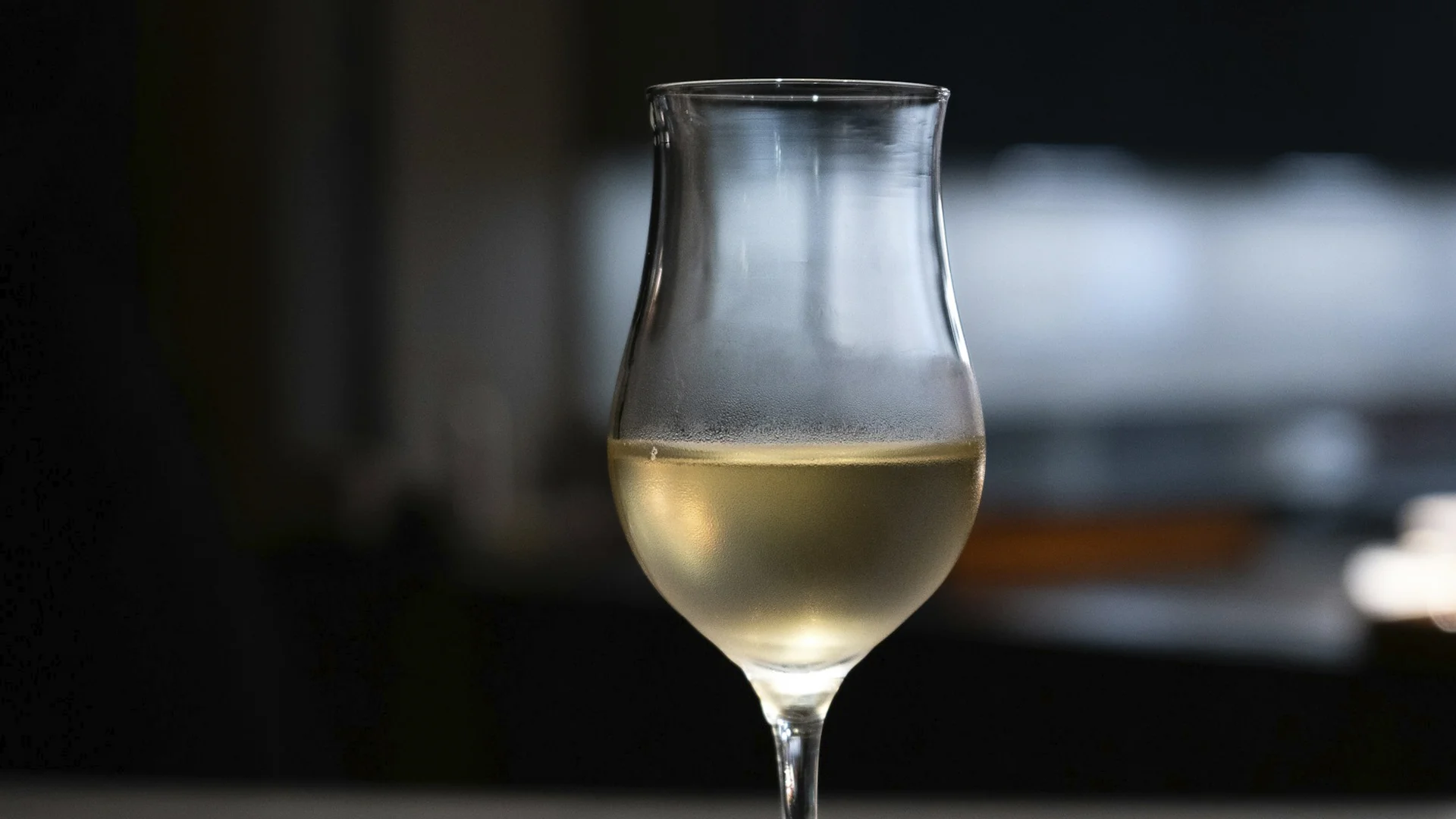


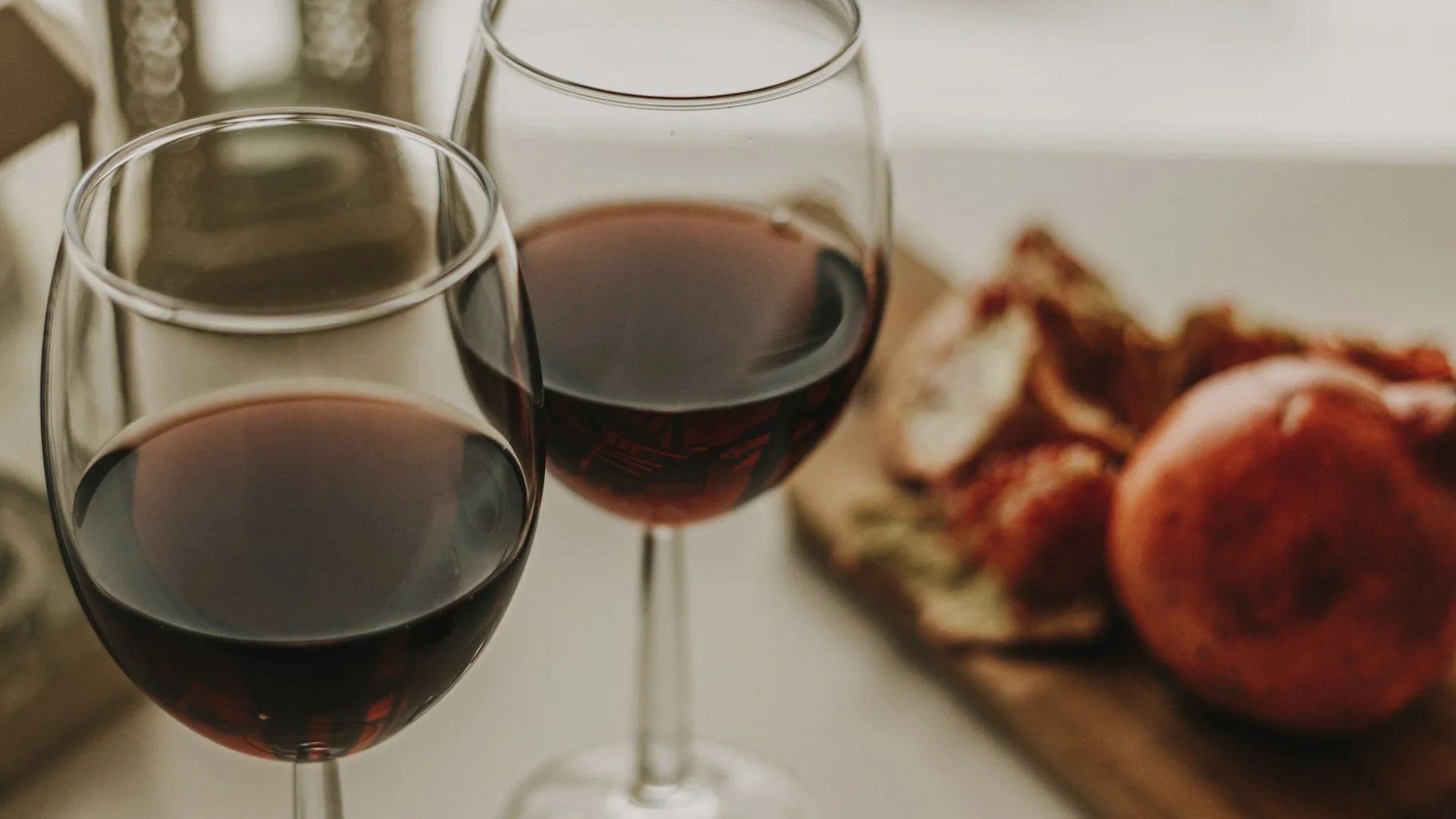


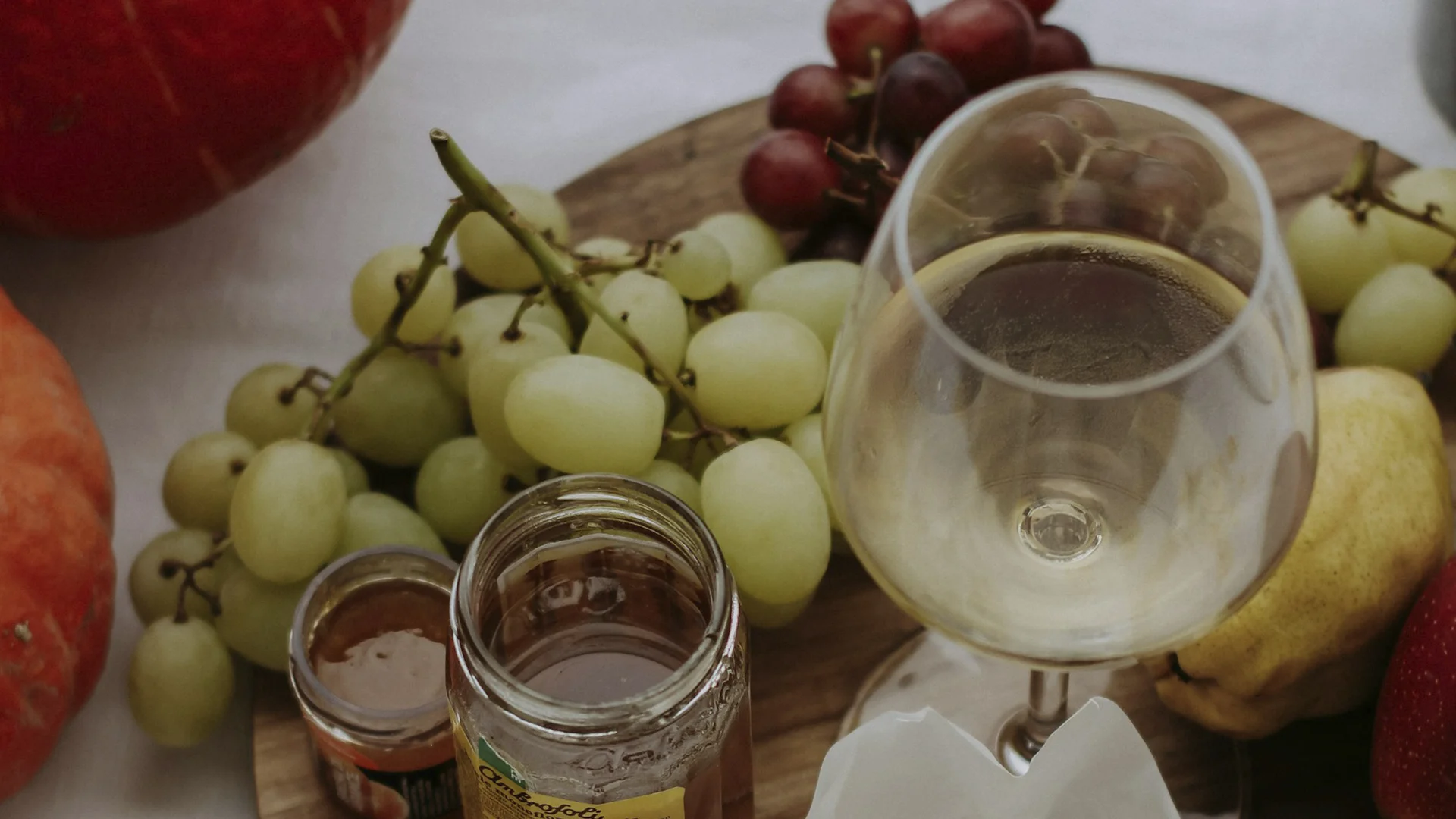


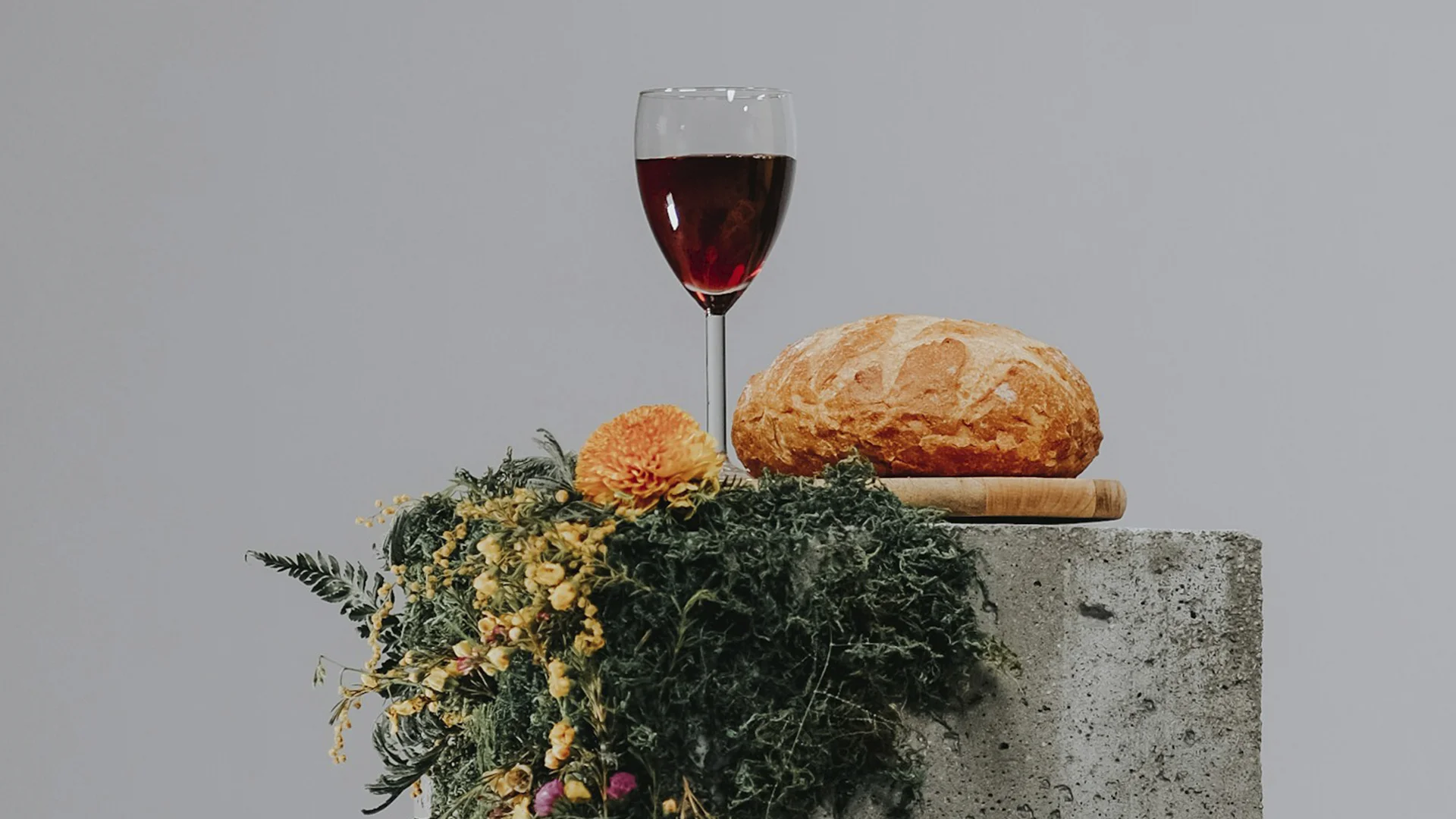






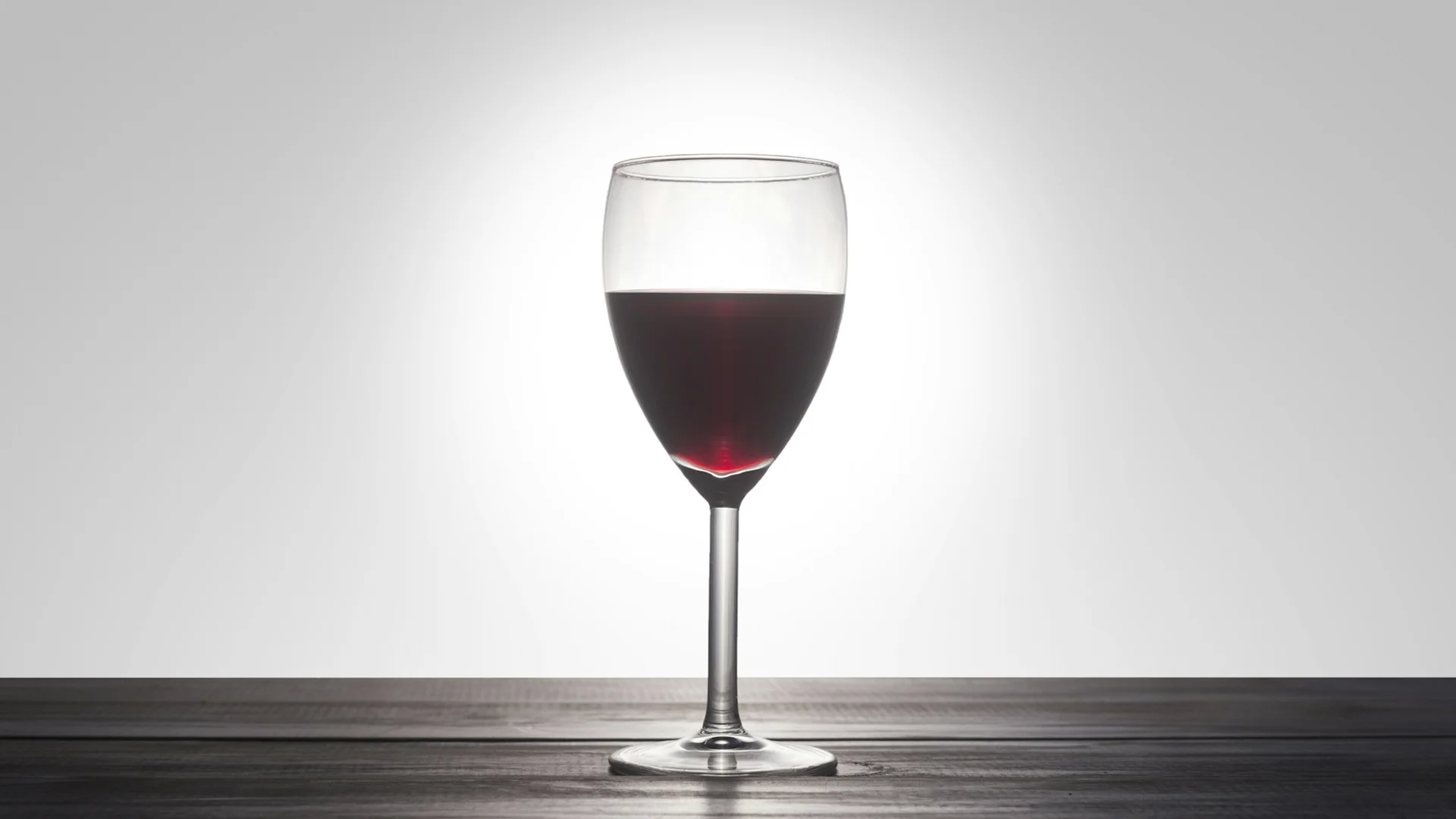


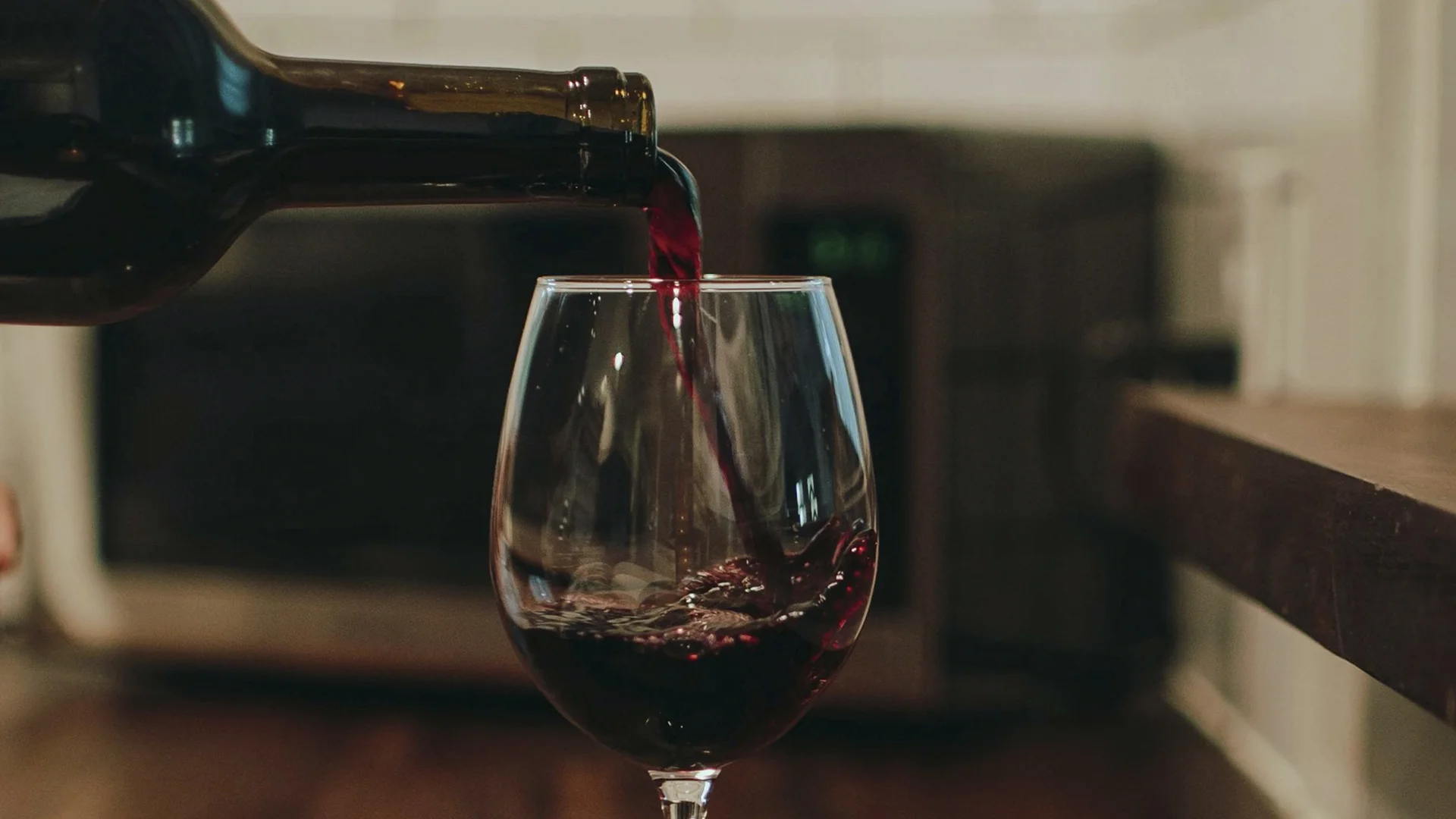
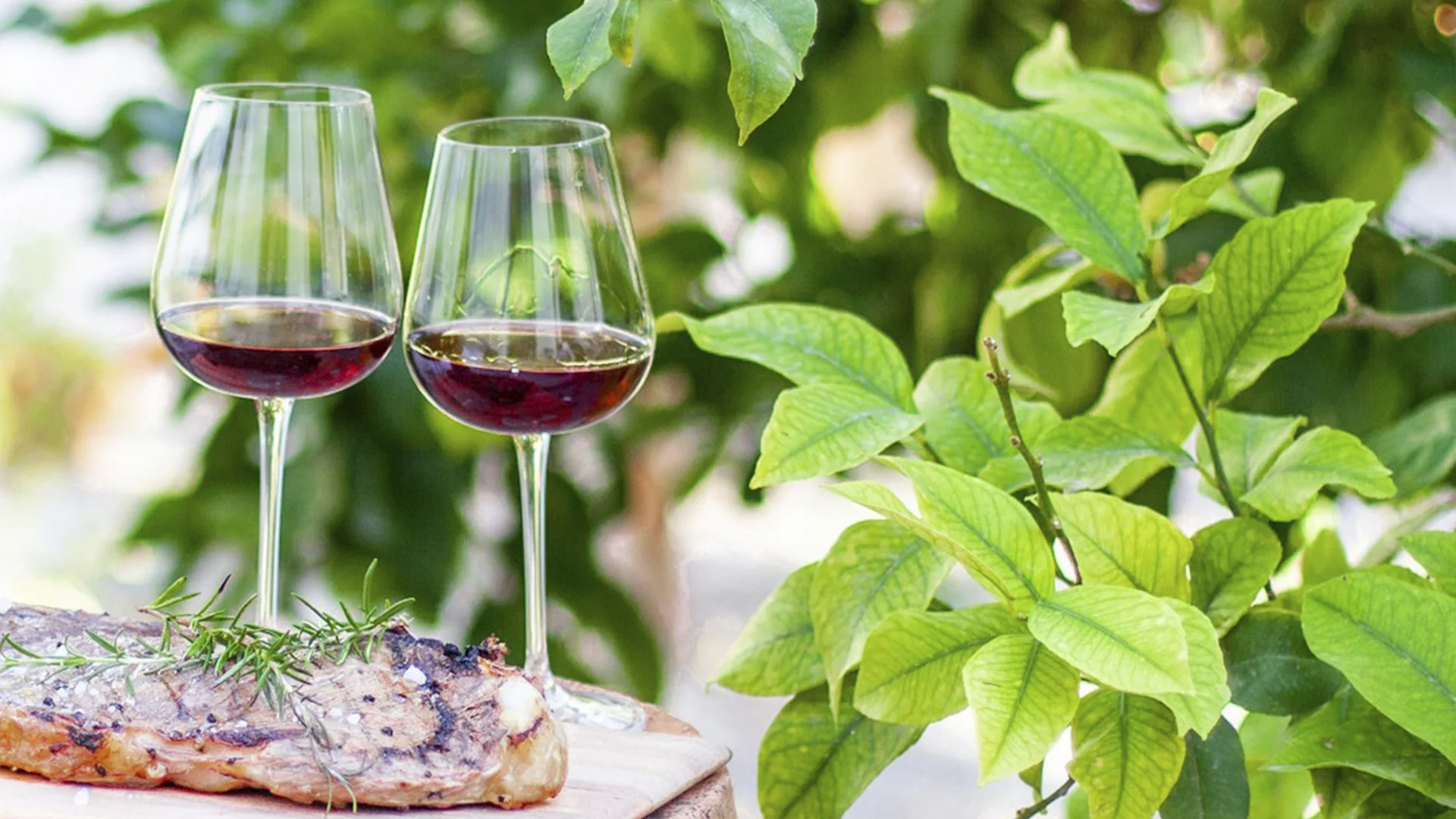





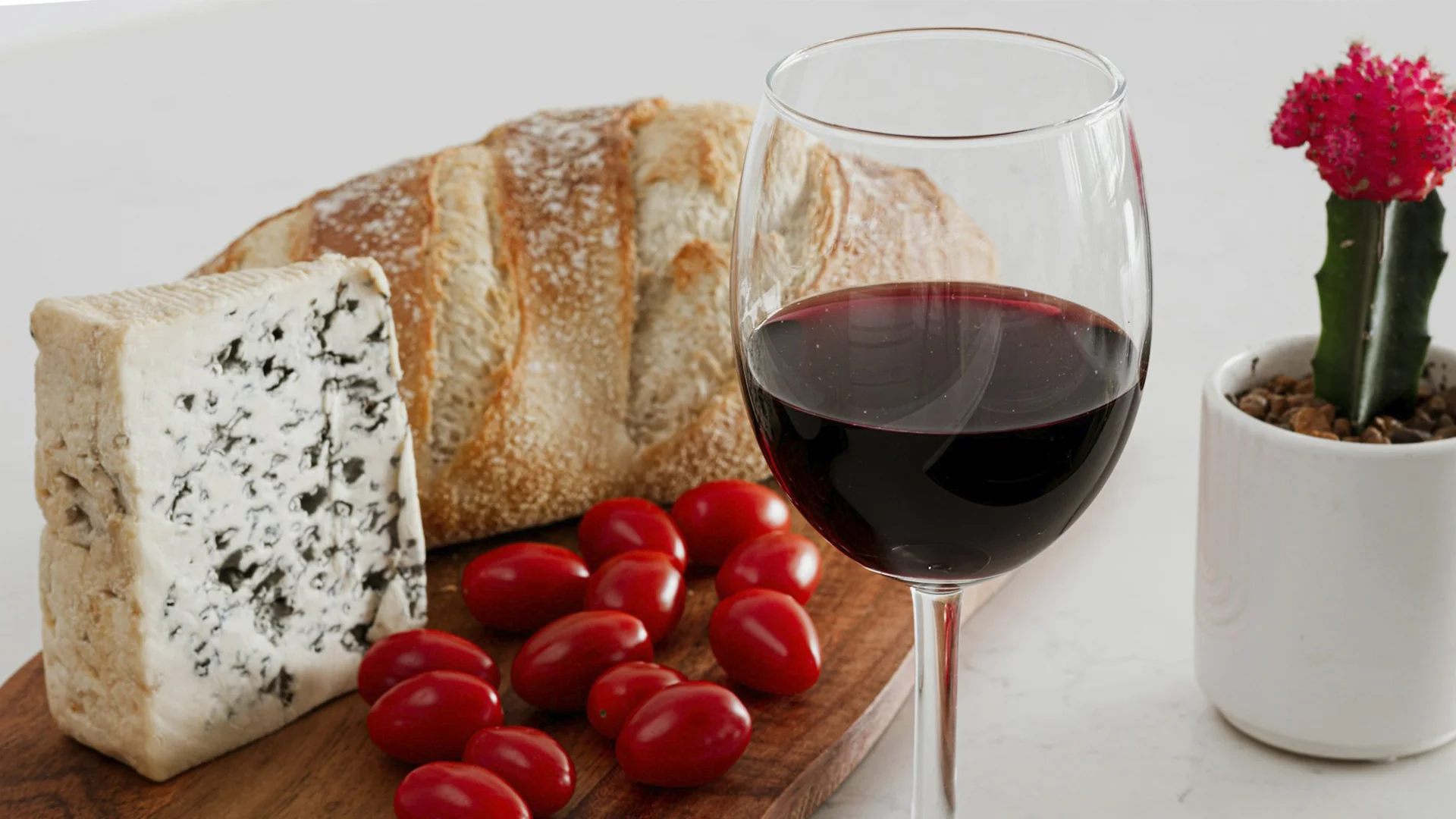






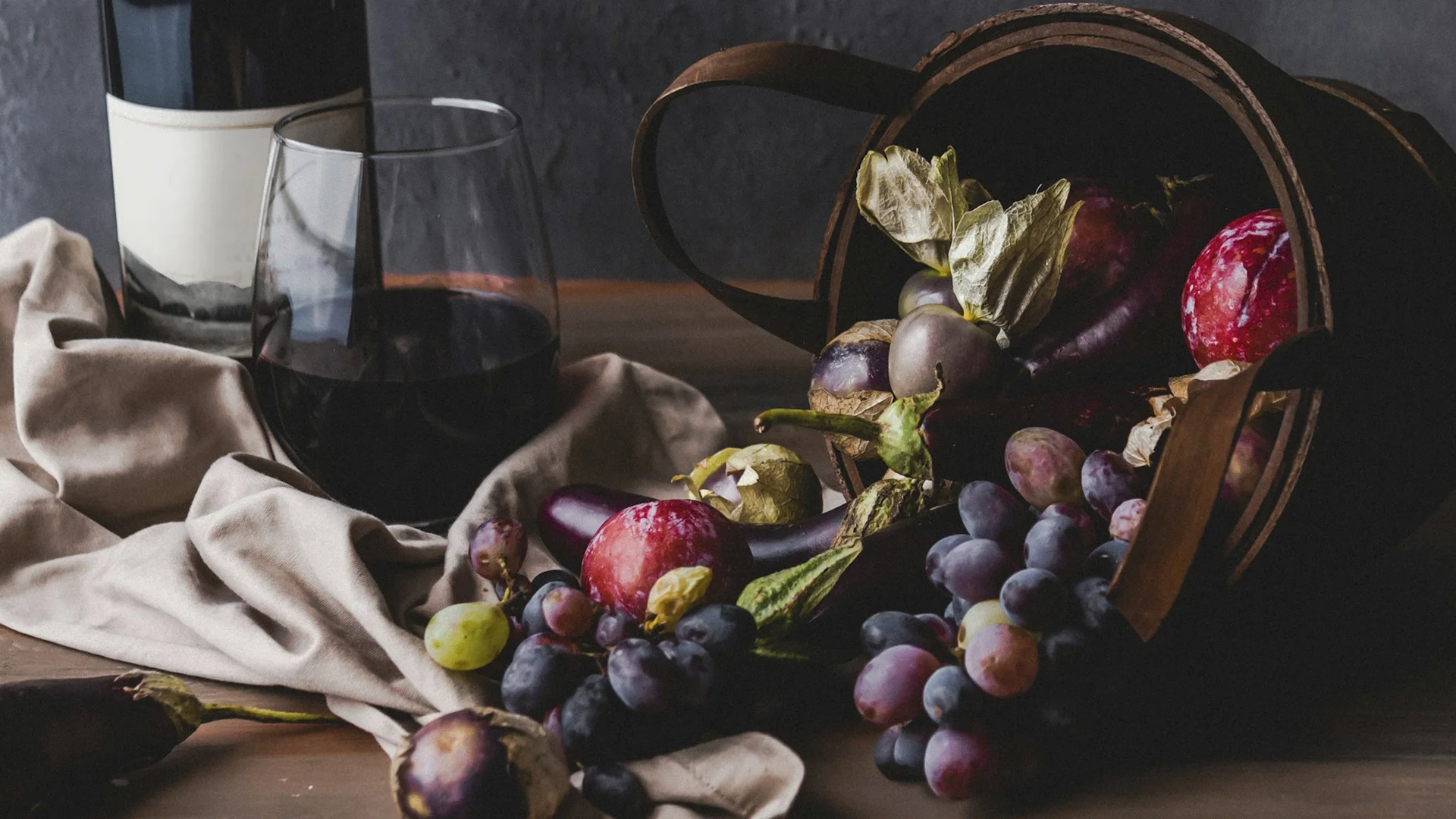
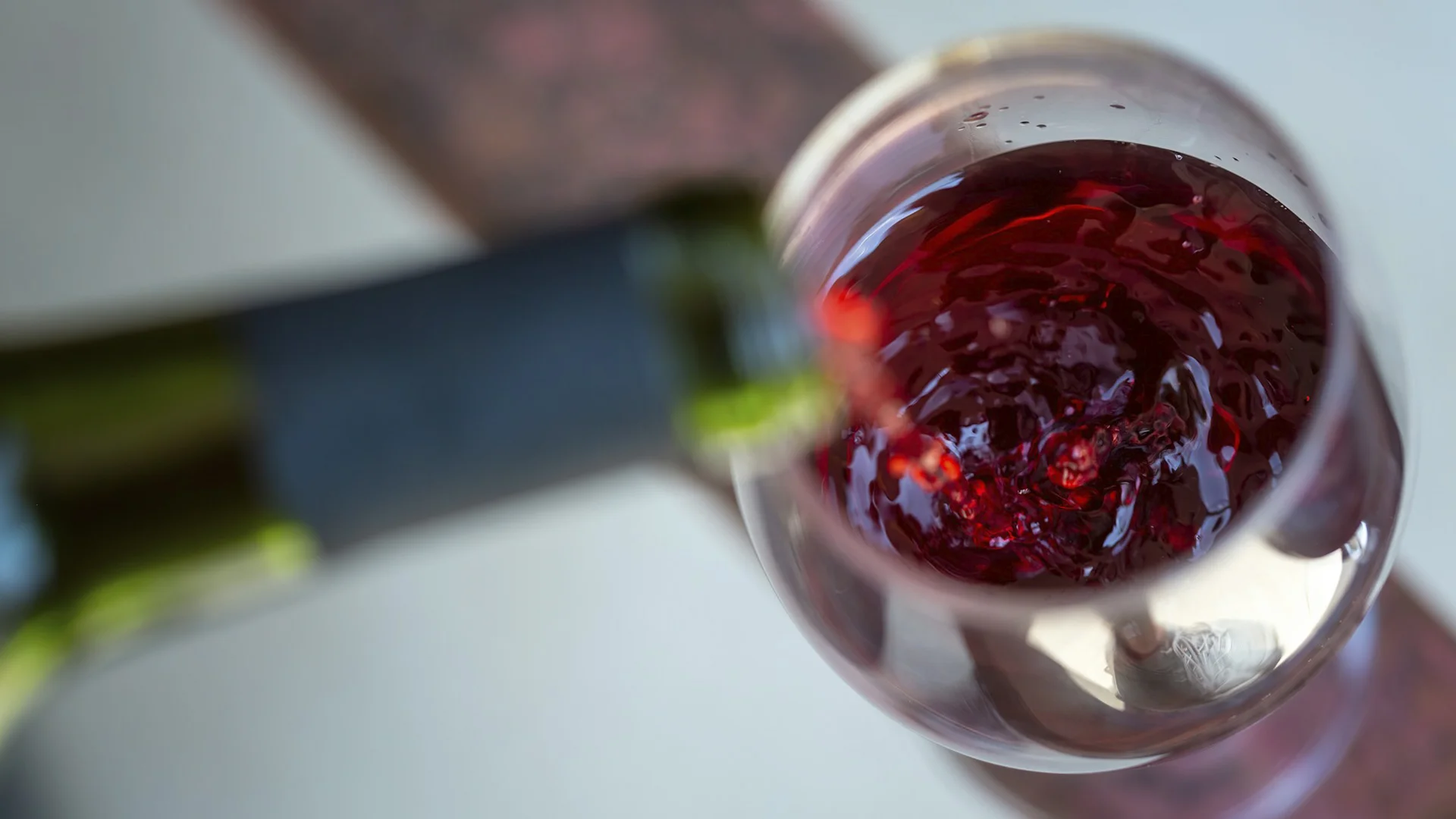
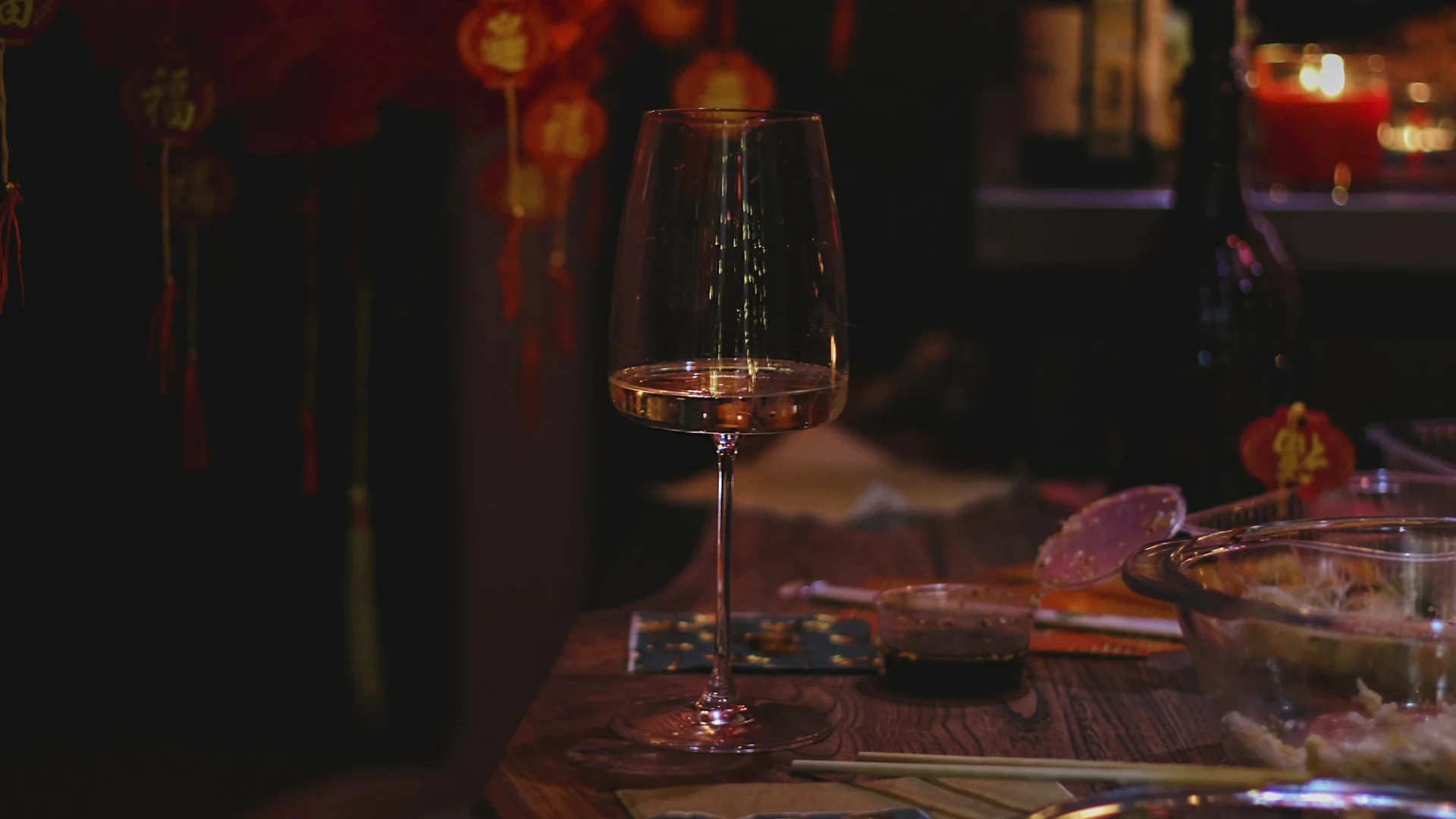






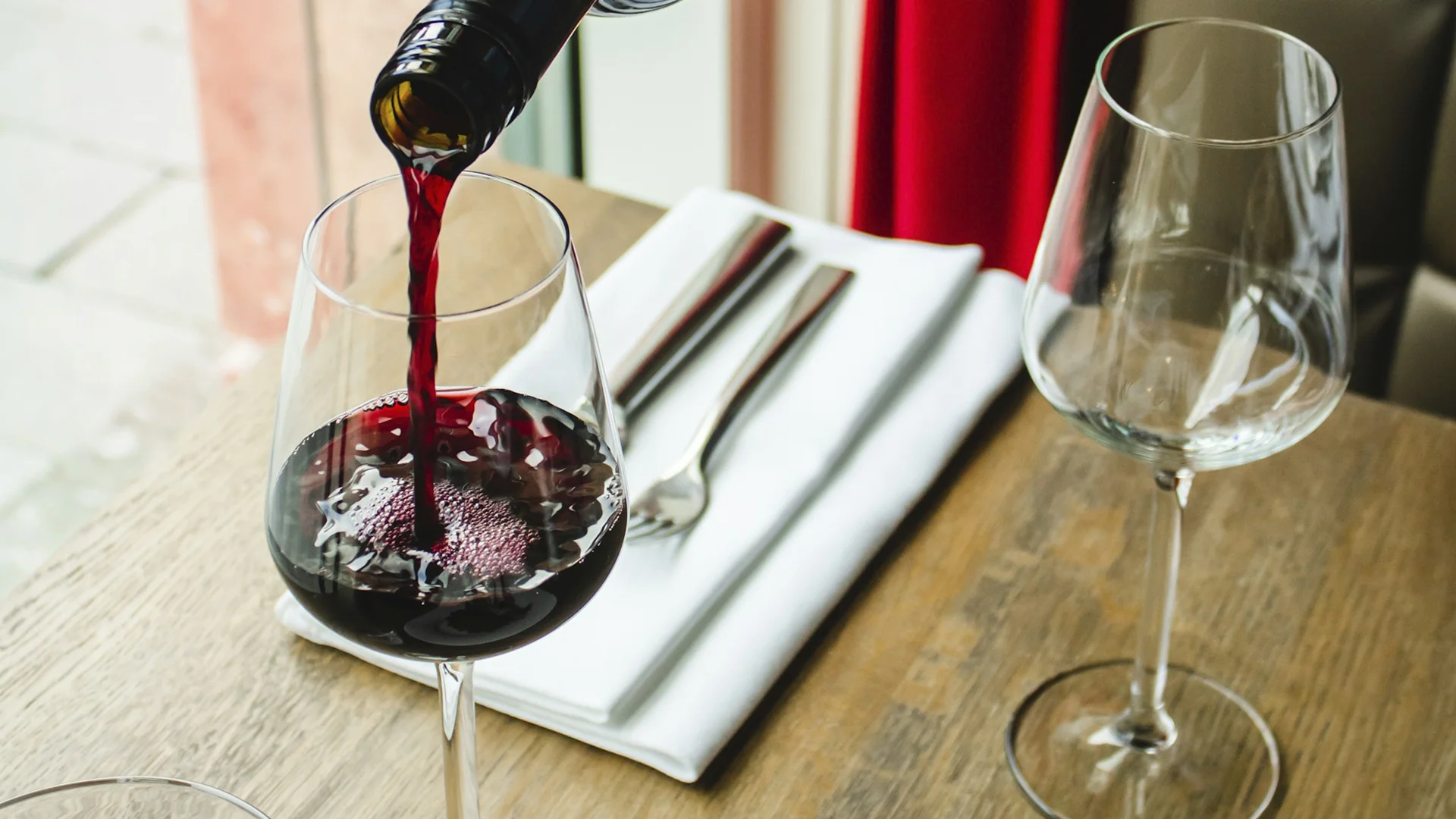












.webp)

.webp)
.webp)
.webp)



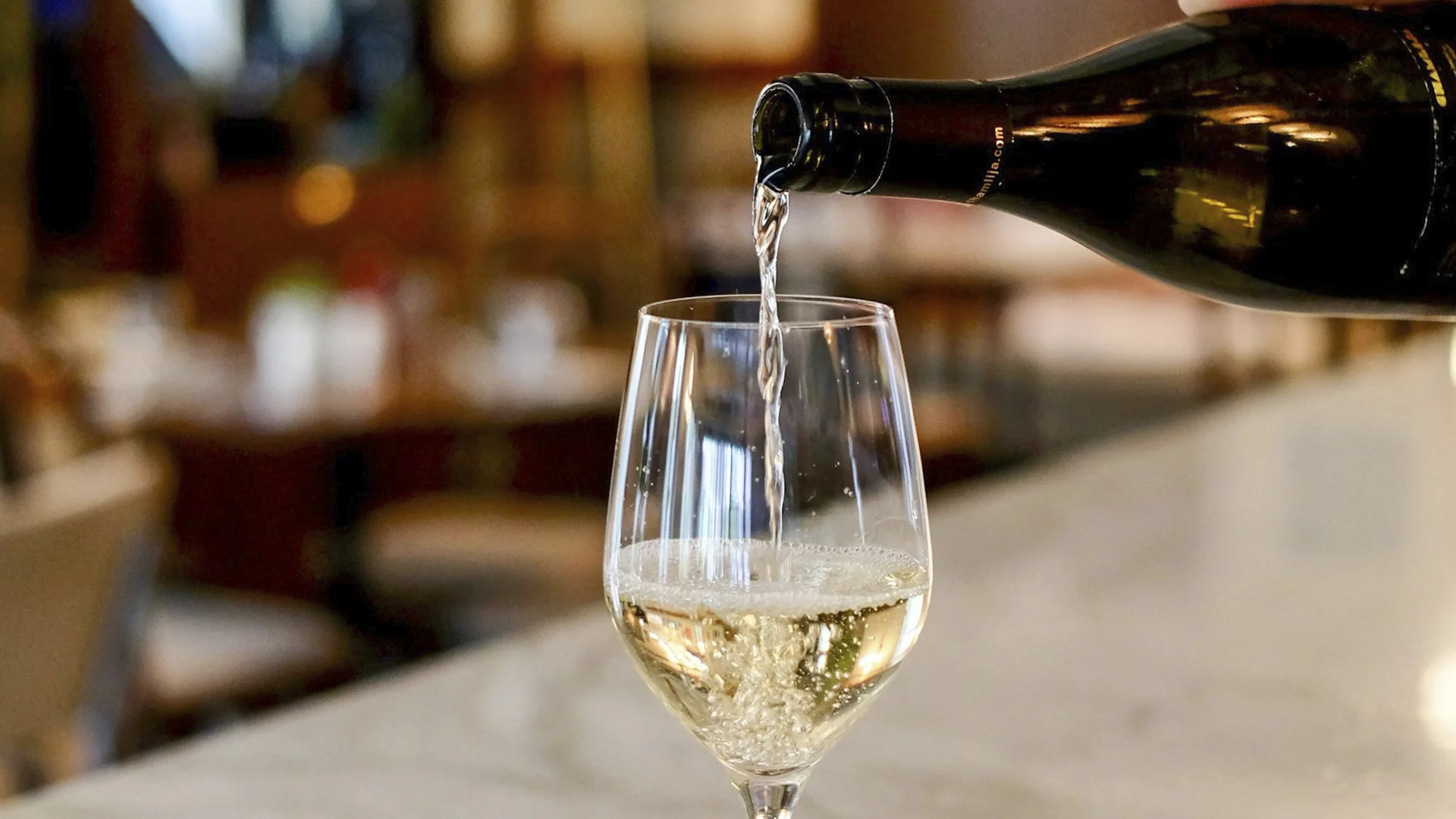


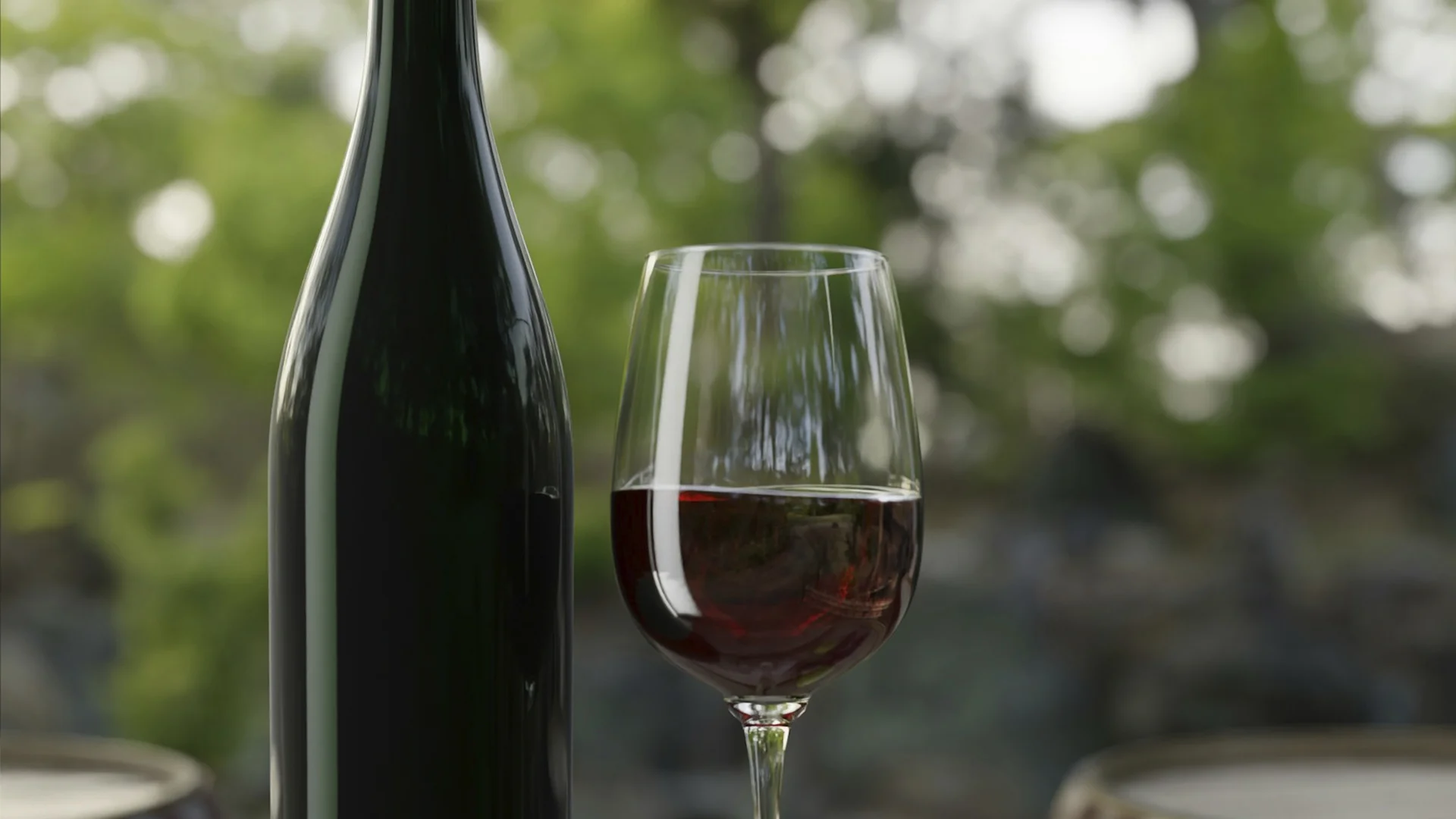



















.webp)













Are you interested in
collaborating with us?